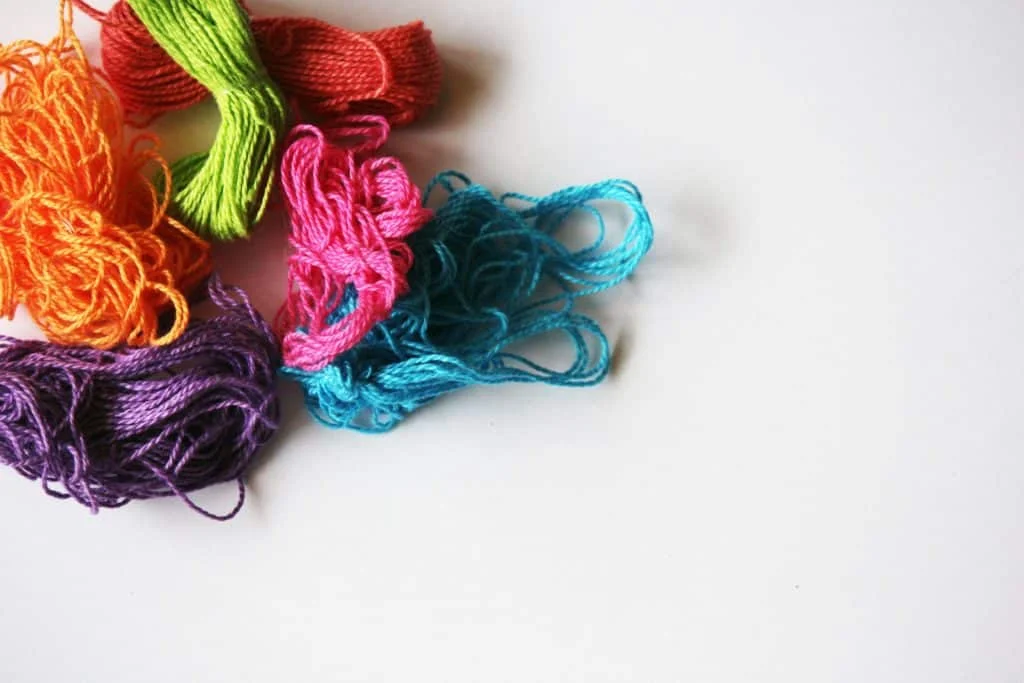New findings suggest that people who wear wool pajamas fall asleep faster and sleep for longer than those who wear ones of cotton or polyester.
In the study (which was funded by the wool industry — more on that below) researchers examined how cotton, polyester, and merino wool pajamas affected the slumber of 36 older adults. They discovered that participants in merino flannel pajamas fell asleep in 12 minutes, compared to 22 minutes for those in polyester PJs and 27 minutes for people who slept in cotton.
This study is a follow-up to another research experiment from 2016 that monitored skin temperature, heart rate, and brain wave patterns of 17 younger adults. The results were similar: Folks who wore wool fell asleep four minutes faster and enjoyed seven minutes of additional snoozing than participants who wore cotton to bed.
Scientists say this is because wool keeps the body at an ideal and comfortable temperature that’s most conducive to restful shut-eye. Study co-author Dr. Paul Swan of the University of Sydney explained it in a statement: “Wool regulates your body temperature far better, keeping you in what is known as the ‘thermal comfort zone.’”

Pull the Wool Over Our Tired Eyes?
The fact that both studies were funded by the wool industry might raise some eyebrows. However, this funding model — when a backer has a stake in the study’s outcome — is pretty common. “Funding bias” does induce risks, yet scientists also have safeguards in place to catch instances of bias that could affect research outcomes.
Moreover, we already had a hunch that wool and sleep were a match made in mattress heaven as the material features moisture-wicking, thermoregulating, and sweat-absorbing properties. Since body temperature plays such a critical role in overall sleep quality, Wool’s unique specifications make it especially well-suited for catching Zzz’s.
When we start falling asleep, our body temperature naturally begins to decrease by a few degrees. How fast we fall asleep is initiated by this decrease in our core body temperature while our skin temperature increases. Researchers of both studies firmly believe that having wool on our skin can be an efficient insulator for striking this imperative balance.

What if Wool Is Just Too Itchy?
Okay, true: Wool might not be the most comfortable material, and not wearing it isn’t going to make or break your quality of sleep. No matter what your pajamas are made out of, it’s important to set your bedroom temperature to an optimal level, which many experts say is between 60°F and 65°F. This might sound quite chilly, but as we discussed above, your body temperature needs to drop a few degrees before you can easily fall asleep. A cooler environment helps make this happen!
That being said, comfort trumps all, and the ideal bedroom temperature — and the pajamas that go with it — will vary from person to person. Experiment with different degrees and jammies until you’ve found an ideal combo for you.


























